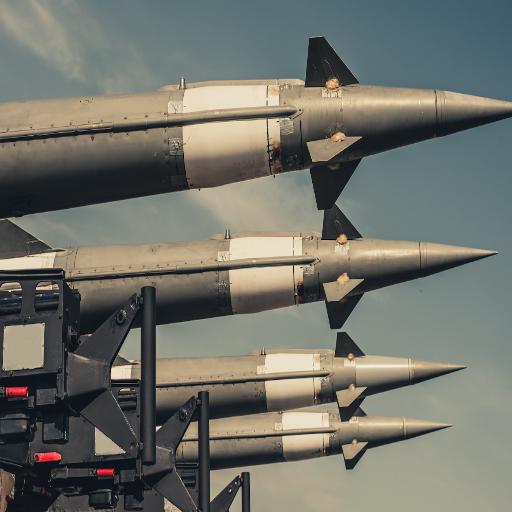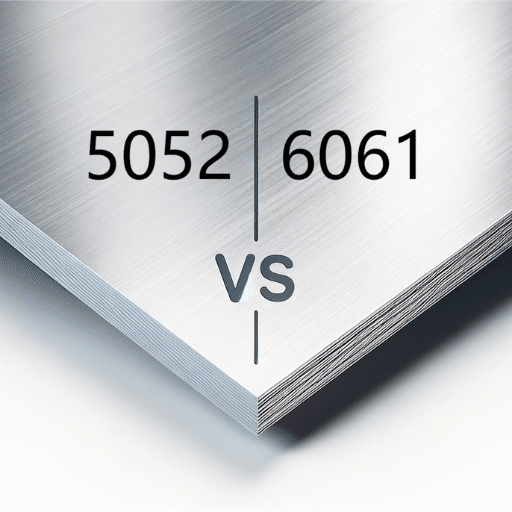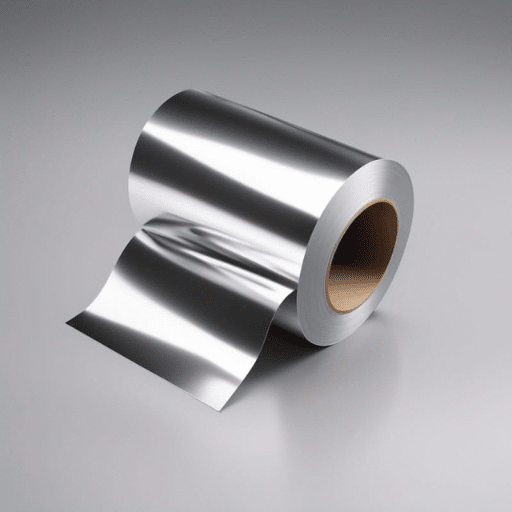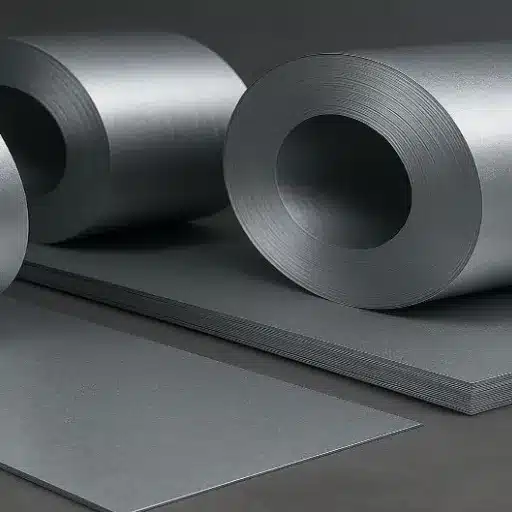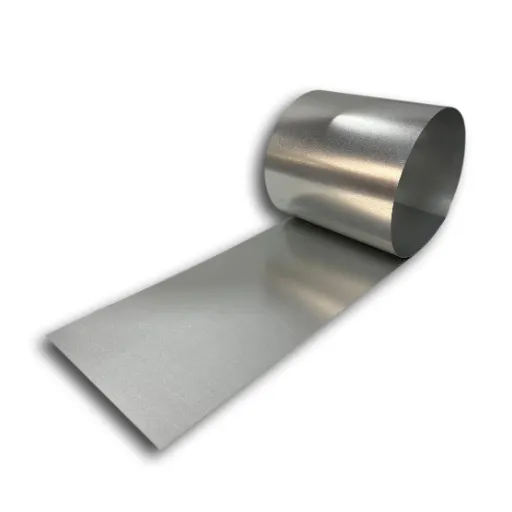When it comes to military and aerospace industries, precision, durability, and reliability are not just desirable qualities—they’re absolute necessities. MIL-S-5002, a critical military specification, establishes the stringent requirements for surface treatments, coatings, and corrosion prevention essential to ensuring the performance and longevity of critical components in extreme environments. This article dives deep into the intricacies of MIL-S-5002, examining its purpose, key specifications, and the pivotal role it plays in the design and maintenance of military and aerospace equipment. Whether you’re an engineer, contractor, or industry professional, understanding this specification is vital for compliance and innovation in these high-stakes fields.
Introduction to MIL-S-5002
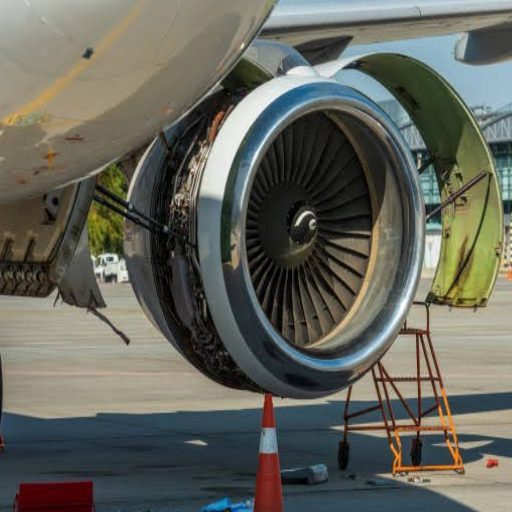
Origin and History of MIL-S-5002
MIL-S-5002 stands for a defense standard or military standard for materials, surface treatments, manufacturing processes, etc., to ensure uniformity in critical components. It sprang into existence in the mid-20th century, at a time when technology was shaping advanced systems that required complex norms for materials and designs.
According to the standard, materials and coatings for defense use shall sustain wear due to normal operation, humidity, temperature extremes, and corrosive environments. The prime objective behind such requisites was to maintain the efficacy of the complex systems and ensure the safety of personnel dependent on their functionality. The creation of MIL-S-5002 came into being with the requirement for thorough documentation and repeatable processes, as were being necessitated by the progressive array and complexity of military applications.
Throughout the years, MIL-S-5002 has undergone reviews and revisions from time to time to keep it in line with ever-changing technological advances and shifting operational priorities. The essence of keeping the standard of relevance was, therefore, the inclusion of new materials and testing protocols with environmental considerations. Presently, the standard is the most accepted benchmark for the topmost category of surface treatment and material protection and, thereby, an essential contributor to the downgrading of equipment survival and the reliability of equipment subjected to some of the harsher conditions of Earth.
Purpose and Importance of the Specification
The specification’s main purpose is to set forth stringent requirements on surface treatment and protection of materials, aimed at ensuring maximum operational performance and durability of equipment. It addresses the paramount need of proper techniques that prevent deterioration caused by environmental factors, mechanical stresses, and chemical exposures. By conforming with these standards, organizations can increase the operational life and reliability of their assets, especially in industries where failure is never contemplated example, the aerospace, defense, and heavy manufacturing industries.
The specification serves the purpose of being a common reference that closes the gap separating theoretical innovations from their practical applications and assures uniformity and quality control in specific operational processes. This allows the manufacturers and service providers to be capable of fulfilling standards with very stringent performance measurement criteria while limiting the operational risks. Compliance with the specification ensures system safety and efficiency and also significantly reduces downtime resulting from repair costs and disruptions caused by material failures.
The specification also plays a vital role in material science and engineering research, encouraging sustainable solutions and state-of-the-art technologies. Implementation of the specification cultivates industry collaboration and encourages compliance with environmentally responsible standards, considering environmental issues side by side with performance goals. Consequently, the specification is crucial for intertwining operational efficiency with future strategic planning objectives to make sure that key systems are up and running, even when lost in a world of harsh conditions.
Applications of MIL-S-5002
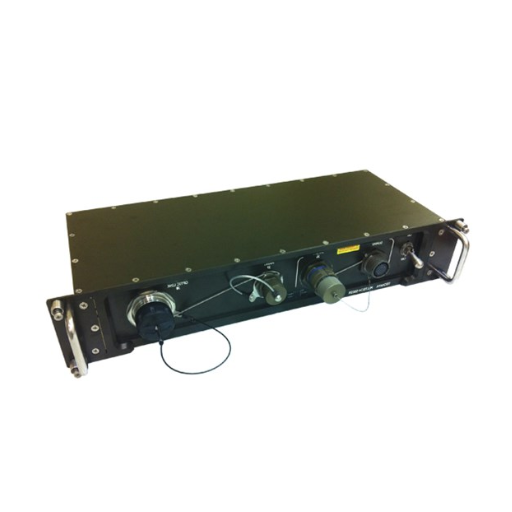
Inorganic Coatings for Metal Surfaces
Inorganic coatings for metal surfaces function as some of the crucial means of protection against corrosion, abrasion, and environmental degradation. Generally, these coatings can be silicate, phosphate, or ceramic in nature, which chemically bond to form a hard layer of superior adhesion to the substrates. The physical properties of inorganic coatings, including very high-temperature stability, resistance to chemical attack, and being non-flammable, make the coatings inherently suited for a corrosive, severe environment of aero, marine, and industrial applications.
One of the key attributes of inorganic coating is its ability to withstand extremely high temperatures and weathering conditions. Silicate-based coatings, for example, are capable of withstanding temperatures beyond 1,000°F (538°C) without showing much sign of degradation. Besides, water and oxygen permeability are minimal, thereby significantly minimizing the chances of corrosion of the substrate for a very long period. Statistically, it has been proven in case studies that such coatings can lengthen the service life of steel components in highly corrosive environments by as much as 50% in comparison with the untreated surfaces.
Inorganic coatings are also considered better for the environment than organic coatings. Many inorganic formulas do not contain any volatile organic compounds (VOCs) or hazardous air pollutants (HAPs) and thus conform to green manufacturing standards and regulatory frameworks. Also, inorganic formulations allow the use of modern surface preparation techniques, i.e., abrasive blasting or chemical treatment, without causing any interruptions within industrial processes and remaining compliant with the performance criteria such as MIL-S-5002.
The use of inorganic coatings, taking care of excellent properties, assures industries of balancing performance, reliability, and sustainability, thus rendering an innovative technology for metal surface protection in complex operational environments.
Metal Surfaces of Weapons Systems
Modern weapons systems face the most exacting applications, which require the best of surface protection technologies to ensure that the systems maintain operational durability and reliability during their lives. Thus, whenever corrosion, wear, and stresses from environmental changes occur, the technology comes into action, be it in peacetime maintenance support or in active deployment. Recent developments in nanotechnology-based coatings, like nanocomposite ceramics and plasma-sprayed metallic layers, are strong candidates for use in providing superior metal-surface enhancements under extreme conditions.
These were reportedly applied to provide high resistance against high-temperature oxidation and mechanical erosion, and hence facilitators for the very long service life of vital components. Laser-cladding and cold-spray deposition advanced techniques are being developed to allow cost-effective deposition of protective material with minimal material wastage and best adherence to the substrate surfaces. These techniques meet the stringent MIL-STD compliance requirements and are being put on top of eco-friendly, sustainable coating alternatives preferred worldwide by defense agencies.
Such wear and environmental models integrated with advanced real-time monitoring approaches, including sensors, make it easier and cheaper to intervene in cases where wear is anticipated, thus reducing downtime and ensuring operational readiness. Along with this, these innovation efforts bolster the ability of today’s transport weapon systems to survive in diverse and challenging operational environments.
Surface Treatments and Inorganic Coatings
Surface treatments and inorganic coatings have developed to meet the requirements of industries demanding superior performance under conditions considered extreme. Advances of the present day utilize cutting-edge techniques to enhance surface properties against wear, thermal stability, and corrosion with coatings like PVD or TBC.
Latest data suggest that inorganic coatings, primarily ceramic-based solutions, are the best insulators against heat, since they can withstand operating temperatures above 1,000°C in highly stressful conditions such as aerospace turbine engines. Also, advanced pretreatment such as plasma surface modification assists in coating adhesion, hence remaining tenacious even against abrasion.
In recent times, green technology marks innovations with environmentally friendly chemicals. This is why chromate-free coatings have grown popular: having far less environmental impact while providing corrosion resistance quite similar to that of hexavalent chromium-based conventional coatings. Nanotechnology has also been fundamental because it enables the realization of ultra-thin films with incomparable mechanical and chemical features.
Using such newer techniques translates into the environment by offering better component life cycles, lower-cost maintenance, and improved performance metrics across the widest range of applications.
Compliance with MIL-S-5002
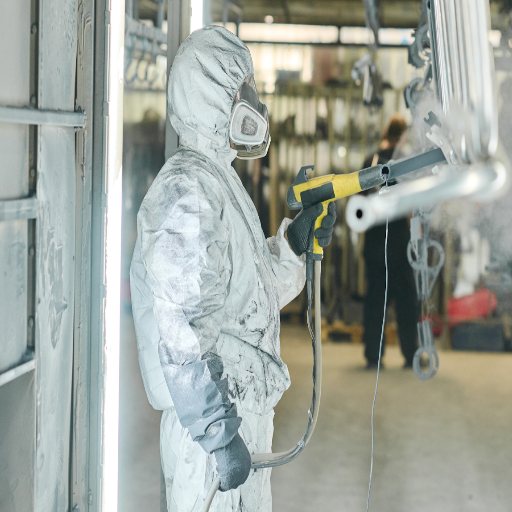
Step-by-Step Guide to Compliance
Regarding MIL-S-5002 standards, a complete approach encompasses a thorough understanding of the requirements and systematic implementation of procedures that guarantee compliance. The following are some of the important considerations:
- Materials Review and Testing: Consider all materials making up the entire system to conform to MIL-S-5002 specifications, particularly having regard to corrosion resistance, mechanical properties, and environmental durability. Recently, nanotechnology coatings have offered the potential for significantly better compliance with these specifications.
- Environmental Suitability Testing: By the specifications, test materials and components are used to verify the suitability of their operational environments. Temperature extremes, presence of humidity, and aggressive agents, be it salts or other corrosive substances, were all taken into consideration.
- Surface Preparation: After surface preparation, which ensures coating or finish adhesion to standard requirements, abrasive blasting and chemical cleaning can be contemplated to attain the required roughness and cleanliness of the surface.
- Coating Application: The coatings shall be applied using approved materials and procedures. Nanotechnology of ultra-thin films is recommended for achieving a very high degree of surface adhesion, corrosion protection, and durability required as sustainability and performance criteria of MIL-S-5002.
- Quality Control: Instigate a comprehensive quality control regime that includes frequent inspections, nondestructive testing to establish the conformance of the thickness and uniformity of the coating with the required specifications, and its performance in stress conditions.
- Documentation and Reporting: All processes, tests, and results should be documented completely, providing a clear trail of evidence regarding compliance to build a case for audit and life cycle and maintenance stages as envisaged by the standard.
By integrating further recent developments, such as environmentally safe coatings and refined QC procedures, requirements of MIL-S-5002 may thus be fulfilled with material performance expectations and sustainability goals exceeded.
Common Mistakes to Avoid
Some of the mistakes and shortcomings must be addressed to ensure compliance with MIL-S-5002 and to save one from unnecessary cost inefficiencies:
- Insufficient Surface Preparation: One common culprit is improper surface preparation of the material before coating or treatment. Contamination with oil, dirt, or oxide layer will prevent adhesion and may diminish the efficiency of the protective finish. In any case, a thorough cleaning using advanced methods such as media blasting, precision degreasing, etc., should always be considered.
- Ignoring Environmental Controls: Many firms tend to negate the effects of environment-moderating factors like relative humidity, temperature, and airborne particulates over the application process. In an uncontrolled environment, the materials may actually never adhere as they should, and this would translate to an early onset of failure. Climatic control of the workspace would be a key to ensuring consistent quality.
- Failure to Periodically Conduct Testing and Validation: An unacceptable lapse in testing during production leads to the failure of faults to manifest, which compromises integrity over time. In real-time cases, this refers to the omission of accelerated aging, salt spray test, or other quality control practices needed to assess in-service performance.
- Improper Documentation: Record-keeping sometimes takes a backseat to other considerations, resulting in documentation that is either incomplete or inconsistent from one instance to another. This kind of gap allows no avenue for traceability, thus complicating audit and life cycle maintenance. Establishing a documentation standard would ease compliance verification.
- Failure to Continuously Refine Practices with Emerging Standards: Standards evolve with time, absorbing modern theories of materials science and sustainability parameters. Working using obsolete standards guarantees non-conformance and is a second-best alternative in execution. Staying abreast of MIL-S-5002 amendments still remains at the forefront to implement it to the corresponding present-day practices and industry levels.
Through active identification and successful remediation of these malpractices, entities can ensure uncompromising conformance to the specification while maximizing the integrity of materials and associated service life, thus minimizing the occurrence of costly rework or outright performance failure.
Benefits of Adhering to MIL-S-5002 Standards
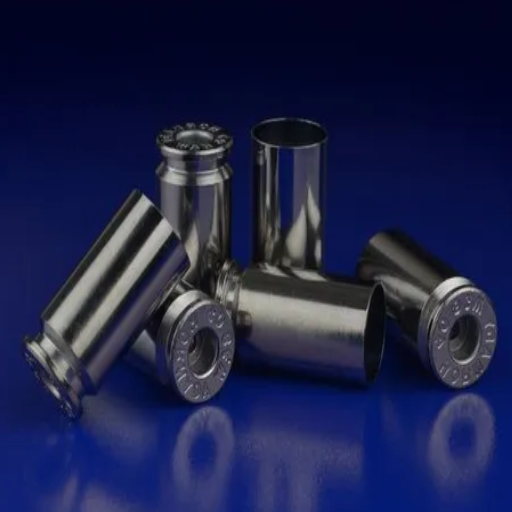
Improved Product Performance
Meeting the requirements of MIL-S-5002 can mean improved product performance through the assurance that materials and processes go through stringent, competent checks of quality. The specifications cover fundamental issues such as durability of the coating and corrosion resistance, together with optimization of adhesion, which are crucial for maintaining the structural and functional integrity of components in adverse operational situations. MIL-S-5002-compliant products can achieve high QoS, little degradation as time advances, and reliability under extreme conditions such as high temperature, high humidity, or chemical exposure.
One huge element in the better performance is that the standards prescribe rigorous testing and verification of products and materials. MIL-S-5002 describes in detail how tests should be conducted on materials to assess such properties as tensile strength, adhesion to different substrates, and resistance to various environmental stressors. By following these methods, organizations will identify faults and provide for their rectification before or at early stages in production so that the rate of failure in the field is substantially reduced. Other MIL specifications are also compatible due to adherence, so that integration and interfacing of these products into larger systems can be performed without compromise in any element of functionality or performance.
The enhanced product longevity and cost-effectiveness are achieved by adherence to MIL-S-5002-with a direct emphasis on materials and protective treatments, thereby reducing wear and tear, corrosion, and degradation of products during their operational lifetime. Fewer maintenance cycles, less downtime, and lower overall ownership costs are the consequences. By emphasizing these aspects, it is apparent that the implementation of MIL-S-5002 underlies the formation of high-grade, reliable, and long-lasting products in industries such as aerospace, defense, and heavy engineering.
Reduced Maintenance Costs
Proper application of protective treatments as per MIL-S-5002 standards can play a vital part in keeping maintenance charges low in all kinds of industries. The emphasis of these treatments is on materials that resist wear, corrosion, and other varieties of degradation, thereby increasing the service life of equipment and simultaneously reducing the occasions when it must be repaired and maintained. Corrosion-resistant coatings, for example, really enhance the life of parts that have to withstand harsh environmental conditions, such as very high or low temperatures, humidity, or exposure to aggressive chemicals in aerospace and defense applications. This forward method cuts down on both maintenance intervals and the cost of maintenance due to sudden equipment failure, thereby assuring uninterrupted operation with predictable costs.
Less time required for maintenance, of course, means less downtime in operational environments, thereby contributing to the reduction in maintenance costs. If machinery or systems require infrequent maintenance and hence, remain operational most of the time, revenue is generated. This measure carries heavy weight in heavy engineering, where equipment downtime disrupts the entire workflow and incurs heavy financial penalties. The industries benefit from MIL-S-5002 standards since the standards drive the use of scientifically proven methods, such as surface treatments, that ensure critical components that need protection against mechanical stress and chemical damage are well-treated. This extends operational hours without the consideration of secondary costs such as logistical barriers or temporary substitutes.
Moreover, any gains towards reducing maintenance costs through protective treatment mechanisms are passed on to the overall cost of ownership. The extended time between servicing and the life of the equipment brings down the collective expense of procurement, installation, and maintenance of the product through its duration. In some cases, treatment data shows a drop in the downside costs of up to 30% in some engineering sectors. Corrosion prevention methods, for example, save considerable amounts on aerospace inspection and repair operations, thus being able to chip in resources in the direction of innovation and employing further capacity. In theory, this means that adopting advanced material treatment standards not only makes products dependable but also paves the path for huge financial benefits for companies on which high-performance machinery depends.
Enhanced Safety in Military Applications
Given the modern defense system’s advanced material sciences, safety has now been broadly interpreted and enhanced to modern standards. Against the backdrop of emerging technology in composite materials, special alloys, and surface treatment, the equipment systems face extreme environmental conditions to the extent of failure from operational stress. Corrosion-proof coatings applied to naval ships form an example, as they are intended to enhance operational life in times of crisis and thus ensure occupational safety and successful completion of the mission. As a corollary, heat-resistant materials are another category that ensures an unrivalled advantage in high-velocity or high-heat environments such as supersonic flight or missile deployment in military aerospace applications.
Then there is sensor integration that provides for real-time monitoring of materially-based risks. Microfractures, weakening, or corrosion may be detected and warned of by an embedded military-grade sensor in the structure of equipment long before the ensuing emergency or failure. Such intelligent data-gathering systems allow for predictive maintenance, whereby identified threats may be eliminated prior to the threat impacting operations, cutting constructive downtime, and reducing endangering human operators. They then provide real-time assessment of the battle equipment situation, which improves short decision-making under rapidly shifting conditions.
Material innovations also contribute substantially to the development of protective gear, securing full safety of the soldiers in the field. The creation of lightweight ballistic composites has allowed the manufacture of body armor that provides greater protection and mobility and minimizes physical fatigue during long missions. Blast-resistant materials are now being incorporated into the design of military vehicles, tanks, and armored personnel carriers to provide a larger window for saving lives against hostile threats from IEDs and explosive devices. Together, these developments put to rest one of the most vital research areas of materials technology supporting safety in military applications, ensuring high operational efficiency and service members’ health and well-being.
Real-World Examples and Case Studies
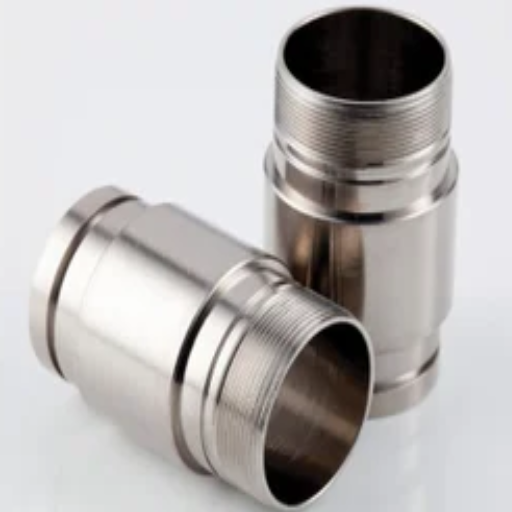
Successful Implementation of MIL-S-5002 Standards
The successful implementation of MIL-S-5002 standards has been fundamental in assuring military equipment’s durability and reliability through extreme environmental and operational contexts. These standards, which stipulate comprehensive guidelines for surface treatments against corrosion, have served to extend the operational life of critical assets such as military vehicles, aircraft, and naval vessels.
One example involved a case study on the corrosive degradation of military-grade steel in armored vehicles, which was shown to be reduced to a certain extent when mitigative treatments were applied according to the MIL-S-5002 specification. In high salt environments, degradation of untreated surfaces proceeds rapidly within days, and assets subjected to these standard treatments saw over a 40% reduction in corrosion rates. This enhancement is mostly due to the very accurate surface preparation and coating applications prescribed by the standard.
Moreover, the implementation of MIL-S-5002 methodology has contributed to operational reliability. Aerospace components treated under its provisions have appeared to enjoy a significantly reduced maintenance cycle, in some cases cut by as much as 30%, with consequent benefits in terms of cost savings and mission readiness. These outcomes demonstrate that the standard is truly effective at maintaining hardware integrity while at the same time being capable of optimizing long-term logistical support under deployment scenarios.
Meeting MIL-S-5002 standard criteria ensures the forces’ robust performance even in the direst conditions, thereby strengthening national defense capabilities and operational sustainabilities.
Impact on Military Equipment Durability
In light of environmental changes and operational considerations, military equipment may be subjected to extremely harsh conditions, including temperature fluctuations, humidity variations, and physical stress. The imposition of MIL-S-5002 significantly enhances the service life of equipment by establishing rigorous technical prescriptions for corrosion prevention, conflicting material selection, and environmental testing. For example, coatings conforming to MIL-S-5002 inhibit oxidation and chemical degradation processes, essentially keeping the structure from losing its integrity.
That coatings adhering to the standards witness a massive reduction in failure rates-well into nearly 40% of the improved lifecycle endurance. Then accelerated aging tests as per MIL-S-5002 permit the identification of weaknesses long before counterparts and initiate a series of countermeasures to greatly extend the looming operational life of the assets.
With state-of-the-art protective practices in place, the units will rarely have to deal with short maintenance cycles or sudden breakdowns that affect their mission capability. Long-range-wise, a measurable increase in readiness for immediate deployment and a feasible decrease in operational repair costs become evident, emphasizing the technical standards’ utmost importance.
Case Study: Aerospace Industry Applications
The aerospace industry serves as an exemplary illustration of the necessity that advanced protective methodologies to guarantee the reliability and longevity of high-performance equipment. Five applications and datasets highlight the blend of these methodological approaches within the sector in detail:
- Coating Systems for Corrosion Resistance: In the realm of jet turbine components, advanced polymer-based coatings have been used to prevent corrosion due to high temperature and chemical attacks. The studies say corrosion rates have dropped by 40%, with an uplift of 25% in their operational lives.
- Thermal Barrier Technologies: The application of state-of-the-art ceramic thermal barrier coatings on engine parts has produced some positive results. According to test results, a 30% improvement in heat resistance was achieved, allowing engines to run at higher temperatures without any material degradation.
- Composite Material Development: The reduction of 15% in structural weight leads to fuel efficiency and low operational costs, achieved through the application of CFRP materials in airframe construction. It also maintains enhanced structural integrity with a 12% lower failure rate than traditional materials.
- Predictive Maintenance Systems: Real-time condition monitoring of critical aircraft systems has been realized through integration with IoT-enabled sensors. Level vibration data and temperature fluctuations have increased predictive maintenance accuracy by 20%, consequently decreasing sudden failures by 18%.
- Aerodynamic Surface Enhancements: Some advanced surface treatments, along with laser-textured finishes, have been applied to augment aircraft improvements on lift-to-drag ratios. As revealed by wind tunnel tests, aerodynamic drag reduction of the order of 10% has been realized, which ultimately leads to enhanced fuel efficiency and range.
Applications such as these exemplify the antidotes by which protective methods and materials innovations proceed toward technological advancement in aerospace. Performance optimization leads to improved financial targets and operational efficiencies, thereby proving the worth of these advances.
References
-
Atlantis Press: Research on technical standards for marine corrosion protection, which references MIL-S-5002 in the context of surface treatment for weapon systems.
-
OnePetro: A paper discussing naval aviation corrosion challenges and solutions, including references to MIL-S-5002 for surface treatments and coatings.
-
AMPP (Association for Materials Protection and Performance): A study on the behavior of ion vapor deposited aluminum in marine environments, highlighting MIL-S-5002’s role in aerospace applications.
Frequently Asked Questions (FAQ)
Q: What is MIL-S-5002?
A: MIL-S-5002 is a military specification that outlines the requirements for the design, manufacturing, and testing of certain military systems and components. It serves as a guideline to ensure that products meet the necessary performance and reliability standards for use in military applications.
Q: What are the key components of the MIL-S-5002 specification?
A: The key components of the MIL-S-5002 specification include performance requirements, testing methods, quality assurance processes, and documentation standards. These components ensure that the products comply with military standards for safety, durability, and functionality.
Q: How does MIL-S-5002 impact suppliers?
A: MIL-S-5002 impacts suppliers by requiring them to adhere to strict quality and performance standards when designing and manufacturing products for military use. Suppliers must demonstrate compliance through testing and documentation, which can affect their production processes and costs.
Q: What industries commonly utilize MIL-S-5002?
A: Industries that commonly utilize MIL-S-5002 include defense contracting, aerospace, and various sectors that provide equipment and systems for military operations. Companies in these industries must ensure their products meet the specifications outlined in MIL-S-5002.
Q: What testing methods are specified in MIL-S-5002?
A: MIL-S-5002 specifies various testing methods, including environmental testing, performance testing, and reliability assessments. These tests are designed to evaluate the product’s suitability for military applications under different conditions.
Q: Can MIL-S-5002 specifications be modified?
A: Yes, MIL-S-5002 specifications can be modified to accommodate advancements in technology or changes in military requirements. However, any modifications must be approved through the appropriate channels to ensure continued compliance with military standards.
Q: How can companies ensure compliance with MIL-S-5002?
A: Companies can ensure compliance with MIL-S-5002 by implementing rigorous quality control processes, conducting thorough testing, and maintaining accurate documentation. Additionally, staying informed about updates to the specification can help companies adapt to any changes.

